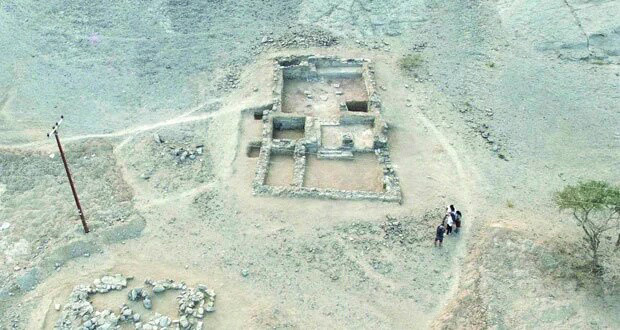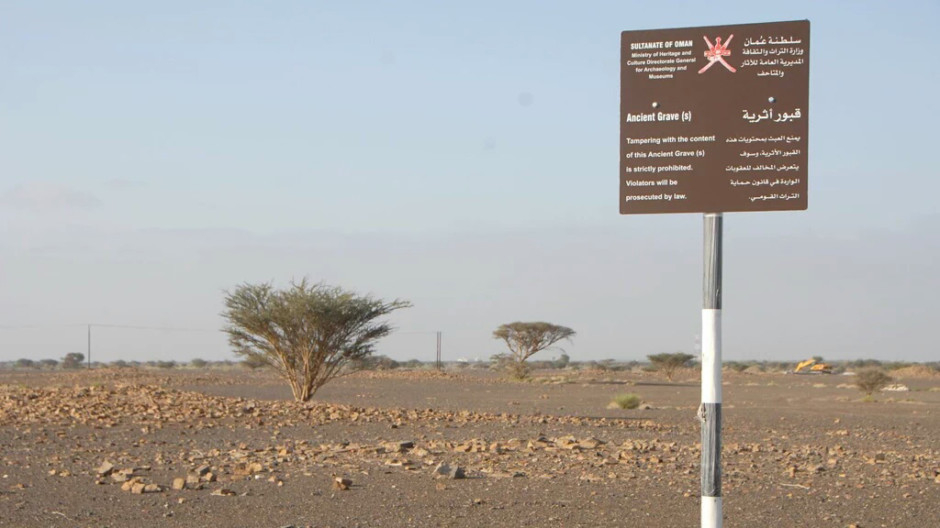
Muscat: Oman has uncovered new archaeological excavations in Al Khashabah village in Al Mudhaibi province, dating back to 3200BC.
Sultan Al Bakri, director of Excavations and Archaeological Studies Department at the Ministry of Heritage and Culture, said the excavations uncovered the oldest copper smelting sites, which date back to 3200BC, or the Hafeet period, the early period of the Bronze Age, in addition to a tower that is one of the oldest archaeological towers belonging to that period.
He told Oman News Agency (ONA) that Al Khashabah site dates back to the third millennium BC. It is one of the most important sites of Oman’s Majan civilisation, located on the path of the copper trade. The archaeological site includes Big Stone towers and a huge rectangular building.
Moreover, some settlements and more than 250 tombs that dated back to the Bronze Era were found,
Last March, a collection of bronze weapons dating from the Iron Age II (900-600 BC) were uncovered near Adam province. The remains were discovered scattered on the ground in a building, seemingly to be a religious complex, during excavations carried out by the French archaeological mission.
The 500-year-old wreckage of Portuguese ship piloted by an uncle of Portuguese explorer Vasco da Gama was found off the coast of Oman last March, a discovery that included the recovery of an incredibly rare coin.
The Esmeralda sank during a violent storm near Al Hallaniyah Island in the Indian Ocean in May 1503, killing commander Vicente Sodre and all those aboard.
Among the stone shot, ceramics, a bell and other debris, divers discovered an incredibly rare silver coin called an Indio, of which only one other is known to exist today.












